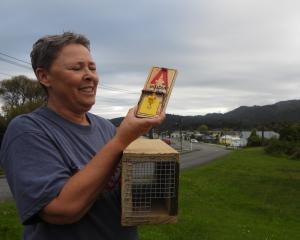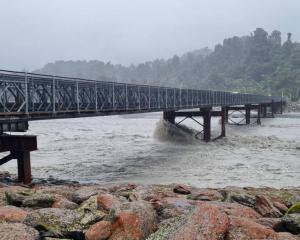A report commissioned by the New Zealand Conservation Authority suggests introducing whitebaiting licences, which would also require people to keep a diary of their catches.
The Niwa report Potential Options for Regulation Changes to the NZ Whitebait Fishery was prepared for the New Zealand Conservation Authority by Cindy Baker, Eimear Egan and Eleanor Gee.
The report noted that the whitebait fishery management legislation had not been reviewed since 1994.
"We would strongly recommend greater regulation of the whitebait fishery as a priority," the report authors said.
"However, initially we do not recommend setting catch limits or banning commercial fishing (the sale of whitebait)."
Instead, the report suggests a licensing system in which provision of a catch diary is required to renew a licence.
The information gathered could shape future management, and the licence fees could help fund research.
Other options recommended for further consideration at a national level are:
• Reducing the total length of the fishing season by four weeks by either bringing the end of the season forward to October 31, or implementing two fortnight-long "stand-down" periods covering two spring-tide migration peaks.
• Banning the use of screens or guidance devices between the set net and the riverbank.
• Banning whitebait fishing from a boat to prevent fishermen following large whitebait runs and accessing certain areas.Other ideas raised include reducing areas of key rivers that can be fished, rotational harvesting. and restoration and conservation of aquatic habitats.
Although much of the data on whitebait population trends is anecdotal, whitebait catches and adult populations had "undoubtedly declined" over the past 50 years, Niwa said.
"However, the degradation and loss of habitat for juveniles and adults, as well as spawning habitat, is thought to be a primary factor in the decline of our whitebait species."
A second report, for the Department of Conservation, by Jane Goodman, said some attempts had been made to collect catch data but these had largely proved unsuccessful or inaccurate.
"The pressures on and threats to these species are relatively well known and documented, although the magnitude of each impact on each species is not well understood.
"Critical to the conservation and management of these species and the fishery is collating existing information and identifying gaps, so that decision making about future management can be better informed."
West Coast Conservation Board chairman Mike Legge said the West Coast was a whitebait leader nationally and led in terms of conservation of habitat.
"That’s never recognised."
While there was room for improvement, West Coast residents were "whitebait guardians trying to protect the resource," Dr Legge said.
- Laura Mills











